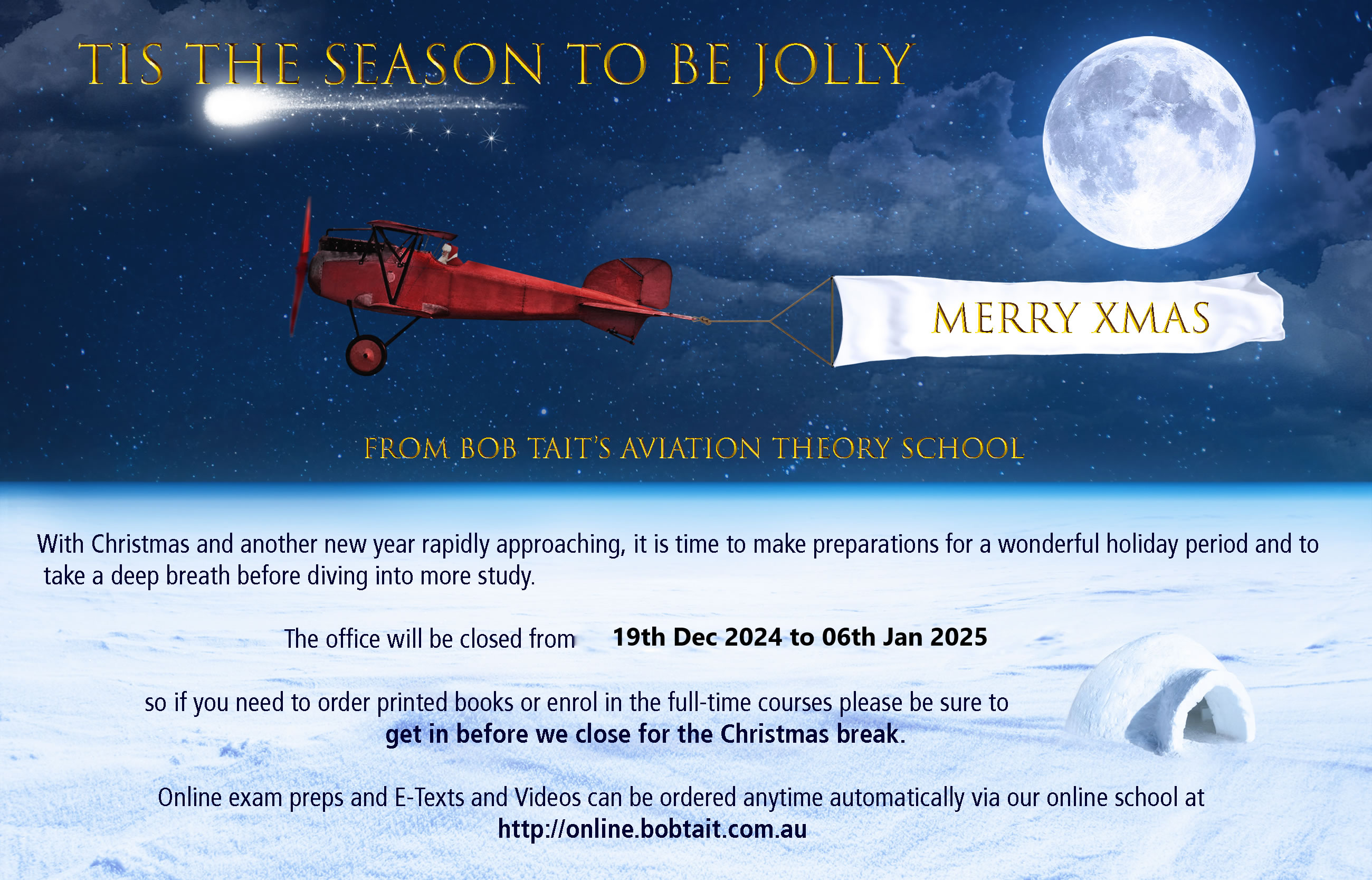The question/MOS item probably go a bit too far into the deep and meaningful side of engineering things for basic pilot training .... however, if that's what they ask, guess you have to live with it ..
Point to note is that the coefficients depend on the actual wing characteristics (aspect ratio, camber, twist, etc) and angle of attack (incidence). These can be related to the forces (lift and drag) if one looks at air density, airspeed, a reference area (to make the coefficient non-dimensional) and both Mach Number and Reynolds Number (the last two generally being overlooked at the elementary level as their effect is not significant - however, they are quite important for, say, relating wind tunnel work to the real world, high speed flight and flight at high altitudes).
You can look up heaps of graphs either at your (better) local library or on the net.
A fairly basic discussion is at
www.grc.nasa.gov/www/k-12/airplane/liftco.html.
Another link
books.google.com.au/books?id=DPZYUGNyubo...g%20sections&f=false
is for one of the standard aerodynamics engineering textbooks which all of we aero engineers have on our bookshelves .. suggest you have a look at Fig 2 (page 4). This gives you a series of lines plotted lift coefficient against angle of attack for varying values of aspect ratio .. as you can see, AR has a significant effect on the coefficient. The basic lines show the typical variation of coefficient with alpha which you would have seen in numerous references. Don't sweat the rest of the link .. it is intended for the engineering folks rather than pilots at the start of their training work. On the other hand, if you can bear working your way through it over a cup or three of coffee, there is plenty of useful stuff there for newchums to think about.
Another link
www.calpoly.edu/~rcumming/Airfoils_Wings.pdf
in the final few slides, shows the typical effect of camber and (trailing edge) flaps. The BLC chart is similar to the effect of leading edge devices. Again, worth a read through the link over a coffee if you have the interest.
Appropriate graphs abound for drag coefficient ....
Without knowing just what the examiner's expected answer is these days (my theory training days are now long ago but Bob might be able to add something for that) I suggest that one should keep it simple and just observe that the coefficients principally are affected by the wing shape characteristics and the wing angle of attack, along with airflow parameters ... or something similar ..








